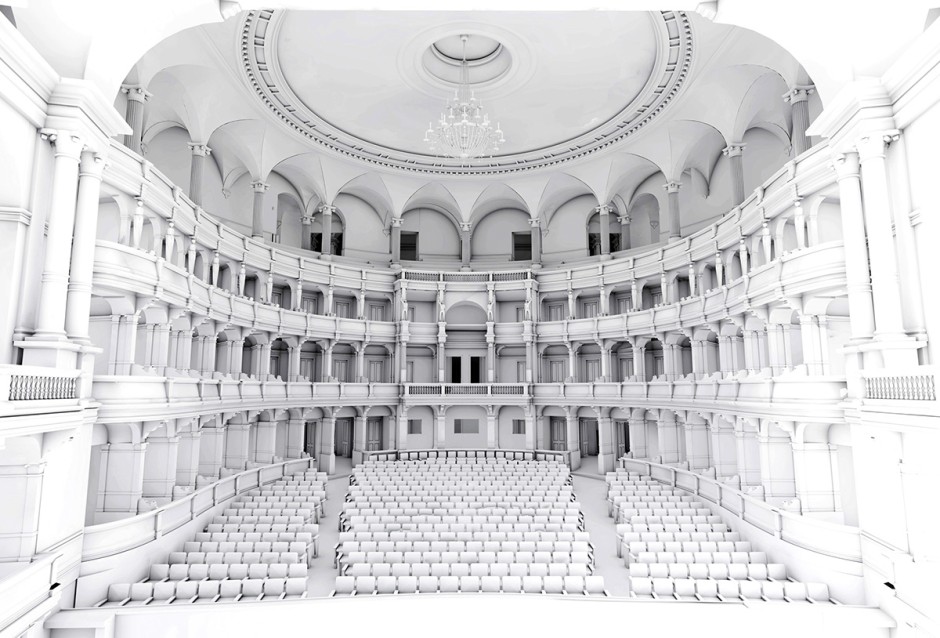The enormous task of measuring and designing the Hungarian State Opera House was assigned to CÉH Inc. of Budapest, Hungary. The use of point cloud technology in conjunction with building surveying and geodetic methods allowed for the creation of a detailed 3D model of this intricate structure while it was still in use. The final model is currently being used in the restoration process and will be used for management of the historic building in the future.

In 1873, the Hungarian Opera House was decided to be constructed. The jury chose the design submitted by renowned Hungarian architect Miklós Ybl after a public tender (1814-1891). The neo-classical structure was started in 1875 and finished nine years later, despite slight delays. On September 27, 1884, the opening night犀利士 – to which Emperor and King Franz Joseph were also invited – was conducted.
Miklós Ybl’s neo-renaissance palace has remained largely unchanged in the 130 years since it was built, and its repertoire and world-class acoustics continue to draw opera and ballet fans alike. Thousands of visitors flock to the building each year to see one of Budapest’s most spectacular nineteenth-century national monuments.

Building survey and its challenges
CÉH was tasked with conducting a survey of the Hungarian State Opera House and its other facilities (shop, sales centre, offsite storage, rehearsal hall, warehouses, offices, and workshops) and creating an architectural model based on the point cloud data. Trimble RealWorks 10.0 and Faro Scene 5.5 were used to process the data. It’s worth noting that gathering the data took a lot less time than processing it. Despite the fact that data collection ran simultaneously with the survey, the building’s complex layout and spaces, as well as the project’s difficulty, made it a time-consuming job. This necessitated several rounds of surveying before a specific building block could be completed. As a result, the survey and registration process took longer and involved further administrative work.
 犀利士
“/>
犀利士
“/>“Managing the files was greatly helped by using GRAPHISOFT BIMcloud, which
provided access to the file from practically anywhere in the world, at good speeds.”
Gábor Horváth, lead architect, CÉH
Despite having a large number of spheres and checkerboards on hand, the Opera’s staff would unwittingly move these instruments, preventing the surveyors from aligning the point clouds later. However, as time passed, the two crews became more accustomed to each other, and everyone’s work became more effective. Certain areas of the building (such as the props warehouse) were constantly changing, or the surfaces of these areas were too complicated for the measuring instruments (e.g., the rigging system covered in steel mesh, black surfaces backstage), making precise measurements difficult. Surveying the vaulted, often zig-zag spaces that make up the building’s auxiliary and mechanical areas on the lower levels was the most challenging and time-consuming aspect of the task. The surveyors were also confronted with similar vaulted structures on the elevations, a legacy of the original 19th century architect, Miklós Ybl.

Key surfaces, such as walls and floors, were often obscured by props and other equipment. In these instances, survey results will serve as the basis for only a rudimentary 3Dmodel. Photos and videos would be extremely helpful in recording the specifics of spaces that the scanner could not reach. The raw measurement data was imported into Faro Scene 5.5 for pre-processing and Trimble RealWorks 10.0 for finalising the measurements, which took a long time and resulted in extremely large point cloud files. Both types of data use a lot of hardware.
 Project: Hungarian State Opera House
Company name:
Project: Hungarian State Opera House
Company name: